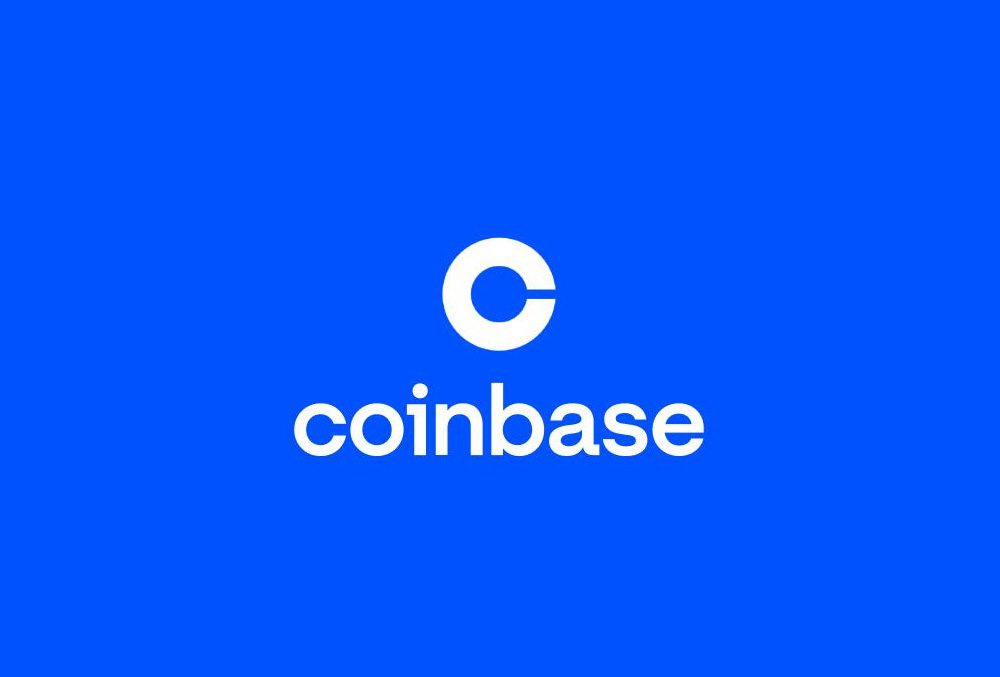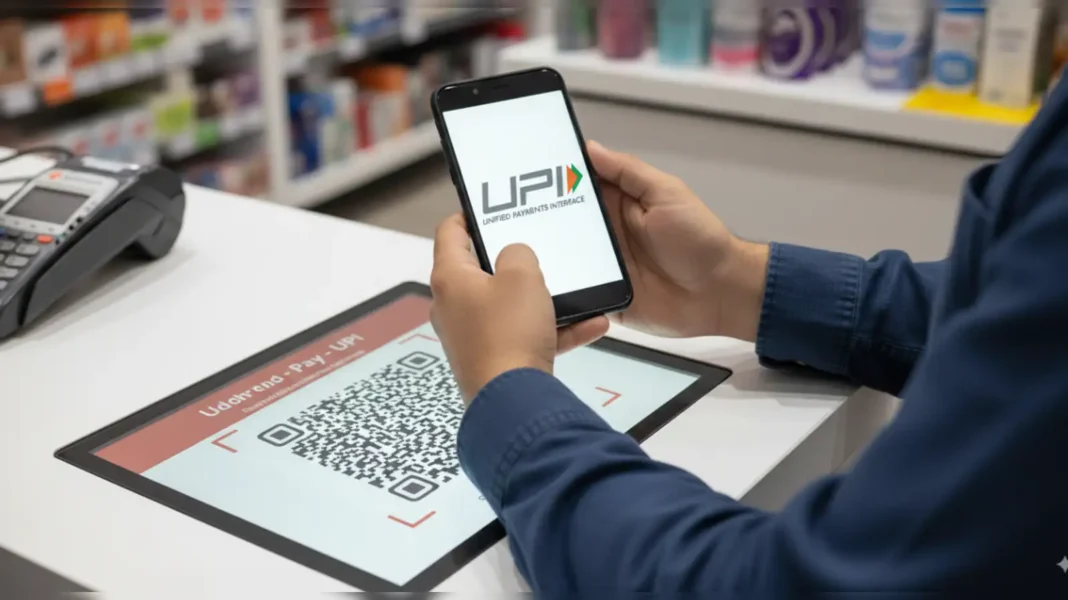The Coinbase token sales platform is back in the U.S. after a six-year hiatus, and it signals a major shift in the crypto ecosystem. Coinbase Global, Inc. (Coinbase) announced a new platform enabling U.S. retail participation in public token sales for the first time since 2018. crypto.news
In this article, we’ll break down why this is important, what it means for investors and issuers, and how the landscape may change going forward.
Background: What happened and why now?
From roughly 2016-2018, many crypto projects used Initial Coin Offerings (ICOs) to raise funds in the U.S., but heavy regulatory scrutiny and concerns about investor protection led to a drying up of public token sales for U.S. retail.
Now Coinbase is launching a dedicated token-sales platform. According to its blog post, the company will host token sales where users can participate ahead of exchange listing. It states: “In addition, US retail traders can now widely participate in public token sales for the first time since 2018.”
The first sale will be for MON (token for the layer-1 blockchain Monad) and is scheduled for Nov 17 – 22 2025.
Coinbase also says it will host about one token sale per month initially
Seven Bold Impacts of Coinbase Token Sales Relaunch
1. Re-opening retail access in the U.S.
With this move, U.S. retail investors can once again engage in public token offerings in a structured form — a big change after years of limited access
2. A new standard in token-sale architecture
Coinbase’s design emphasises:
- A “request window” during which users submit participation requests
- An algorithm prioritising smaller orders (“bottom-up”) to broaden distribution and avoid concentration among big buyers.
- Penalties (or reduced priority) for users who dump tokens early (within 30 days) to incentivise long-term holding.
3. Transparency and issuer accountability
Projects wishing to launch through the platform must provide full disclosures—tokenomics, team, lock-ups. Coinbase mandates lock-ups: issuers and affiliates cannot sell tokens for at least 6 months after the public sale. Coinbase
4. Influence on issuance & project liquidity
By distributing tokens via its platform and then listing them on its exchange, Coinbase aims to help projects build “deep exchange liquidity” and real-user distribution
5. Market sentiment and crypto innovation boost
This initiative could signal a more mature era for token offerings — moving away from the wild ICO days of 2017-18 toward regulated, platform-mediated launches.
6. Regulatory and competitive implications
The U.S. regulatory environment has been cautious about token sales and securities-classification. Coinbase’s approach may set a benchmark for how token sales can be structured in compliance-aware ways. This could also stimulate competition among exchanges
7. Risks and caution for investors
While opportunities expand, risk remains: token value is speculative, and past ICO history shows many failed projects or tokens that lost all value. Coinbase itself acknowledges risk in its blog.
What this means for Indian & global users
For users in India and elsewhere:
- Even though the platform is U.S.-centric, global ambition means there may be regional participation depending on jurisdiction and regulatory compliance.
- Investors should treat participation carefully—understand the token, team, lock-ups, and how it fits into your portfolio risk.
- Projects launching on Coinbase’s platform may access wider distribution and visibility, possibly increasing adoption.
- Given the platform’s design prioritising smaller buyers and long-term holders, this could be more accessible than past “whale-dominated” token sales.
Historical context: ICO era vs modern token sales
In 2017–2018, the ICO boom saw many startups raise funds by issuing tokens to the public in the U.S. often with minimal regulation or disclosure. Many of these ended poorly, with projects turning out to be scams or failing to deliver.
After the regulatory push-back, U.S. retail token sales in public format largely vanished for years. Coinbase’s platform marks a return, but with stricter protocols and an algorithmic distribution system. This reflects maturation of the crypto-fundraising model.
Looking ahead: What to watch
- Project pipeline & quality: Will the tokens offered be high-quality, well-vetted, with real utility?
- Regulatory response: How will the U.S. Securities and Exchange Commission (SEC) and other regulators react to this revival of token sales?
- Adoption and liquidity: Will these sales lead to strong secondary-market performance and user adoption, or will they fizzle like many past tokens?
- Competition and innovation: Will other exchanges follow with similar token-sale platforms, both in U.S. and globally?
- Investor behaviour: Will the “reward long-term holders” design work to reduce dumping and speculative flops?
Conclusion
The Coinbase token sales relaunch marks a significant moment for U.S. retail crypto participation and the broader fundraising landscape for blockchain projects. With structured distribution, transparency requirements and a focus on real users rather than speculators, this platform could reshape how tokens enter the market.
Nevertheless, risks remain — the past ICO era teaches caution. For investors, especially outside the U.S., staying informed about jurisdictional eligibility, project fundamentals and regulatory shifts is key.



